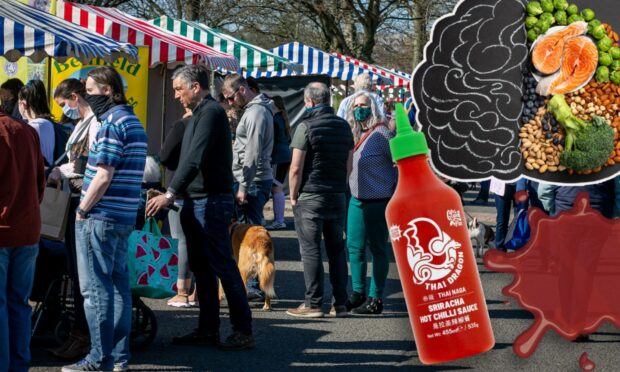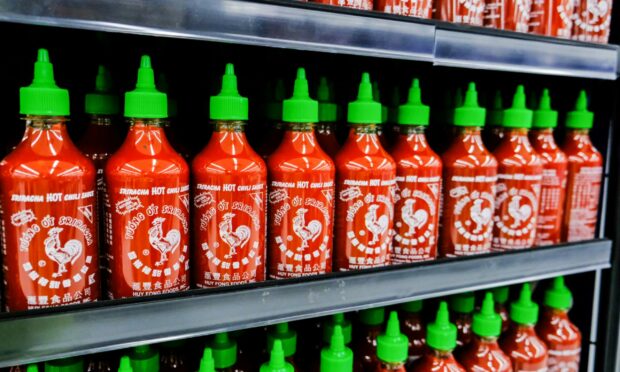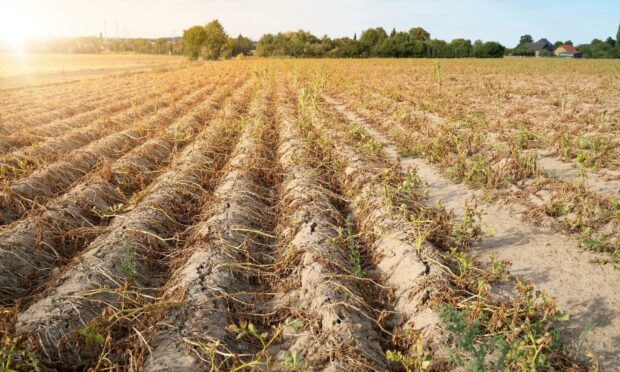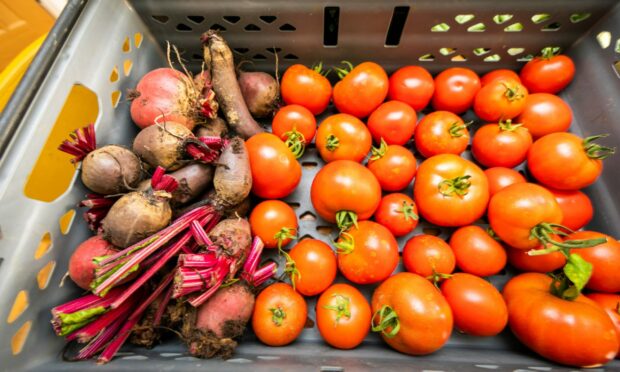Hot sauce fans across the globe were up in arms recently when it was revealed last week that there may be a sriracha shortage coming our way.
US-based chilli company Huy Fong Foods Inc. announced they would be halting production of the sauce due to poor chilli harvests as a result of droughts at their farms in the US and Mexico over the years.
However, while many will be lost without their beloved sauce as supplies and prices begin to be affected, this may also be a sign that the need to shop local is more important than ever.
The pandemic taught us to appreciate our farm shops and local stores more when many supermarket chains began to run out of essentials like chopped tomatoes, pasta and bread.
But now that restrictions have been lifted in all stores, many have forgotten about those unsung heroes who came to the rescue when we needed them the most.
Instead of pining over sriracha sauce, we should be focusing on trying to shop and eat more locally, purchasing hot sauces and goods made in our country instead.
A large proportion of produce in the supermarkets are imported from overseas with some products clocking up thousands of air and motor miles.
The pollution from transporting food across countries is playing a part in increasing green house gas emissions that contribute to climate change, and Huy Fong is just the latest victim of poor harvests due to droughts.
Why eating local matters
Instead of trying to bulk buy and stock up on sriracha hot sauce, perhaps a different approach should be taken to try and combat these shortages affecting our diets long term.
Our food supply will eventually become more limited if climate change continues down the path it is.
To try and reduce the impact this may have, it is important to look at our food chain and try and reduce the amount of food we transport between countries to eradicate this potential problem.
In turn, if we all eat more of what grows locally to us, we can all do our bit for the planet and local economy.
What food grows locally?
As well as chillies and peppers, a range of vegetables grow in Scotland due to its cooler summers, low sunlight intensity and plenty of rainfall.
Examples of food that grow locally are:
- Spring barley
- Winter wheat and winter barley
- Rapeseed (for oil)
- Potatoes
- Root crops
- Soft fruits like strawberries, raspberries and blackcurrants etc.
- Vegetables such as peas, carrots, turnips and swedes etc.
With such an extensive range of products to use and farmers markets making it very easy to purchase from local suppliers, as a nation we need change our eating habits to make way for a better future.
You can also purchase a variety of hot sauces from makers across Scotland including Singularity Sauce Co and Succulento in Aberdeenshire, Allan’s Chilli Products in Abernethy and be sure to pay a visit to hot sauce shop Something Different in Cowdenbeath.
Recipe: Make your own sriracha hot sauce
Why not try making your own hot sauce using locally grown chilli peppers?
Mearns Chilli Farm has a whole host of varieties for you to pick from.
Prep time: 5 minutes / Fermentation time: 3-5 days / Cook time: 10 minutes
Ingredients
- 680g of local chilli peppers, stems cut off
- 75ml water
- 3 tbsp coconut sugar
- 1 tbsp lemon juice
- 3 cloves of garlic, peeled
- 110ml distilled white vinegar
- ½ tsp of cayenne pepper
Method
- Place the peppers of choice into a container with water, garlic, cayenne pepper, coconut sugar and lemon juice, and blend until smooth.
- Transfer the mixture into a large glass jar and leave in a dark place for up to three to five days, brushing down the sides with a spoon once a day if the sauce begins to travel up it. The mixture will begin to bubble and ferment.
- Once the mixture is bubbly and has sat for up to three to five days, pour it back into the blender and blend it with vinegar until smooth. Discard the remaining pulp, seeds and skin left in the strainer.
- Transfer the mixture into a small saucepan. Bring your sauce to the boil over a medium heat and stir often for about five to 10 minutes. The mixture will begin to thicken so choose your desired thickness.
- Let the sauce cool to room temperature and it will continue to thicken. Transfer the sauce to jars and store in the refrigerator for a few hours before serving. Enjoy!
Recipe adapted from Food Fire Friends.
Mariam Okhai is a food and drink journalist who also researches food behaviour.
She has a Masters in Behavioural Science for Management from the University of Stirling. Her undergraduate degree was in Psychology and Business Economics with Marketing.
She is also a certified habit coach.
You can find out more about her research on her Behavioural Foodie website.















Conversation